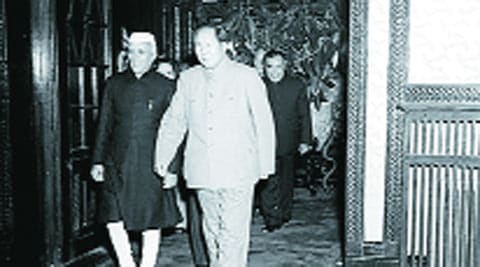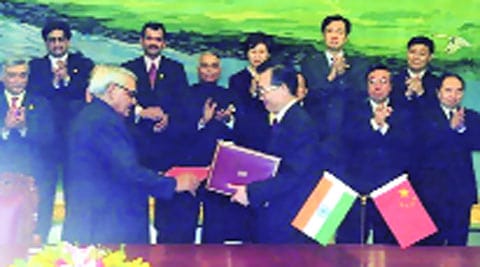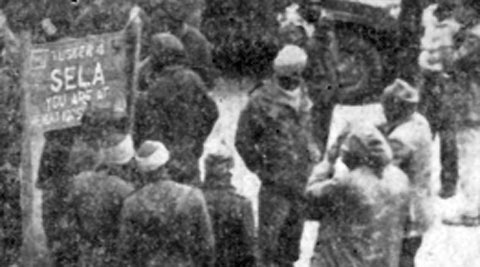India and China: The State of Play
As PM Narendra Modi leaves on a crucial visit to China tomorrow, Sushant Singh lists what’s top of mind in both New Delhi and Beijing.
 Narendra Modi starts his China visit on May 15
Narendra Modi starts his China visit on May 15
MODI Wants
♦ Peace, stability on the LAC; no further Chinese incursions
♦ Roadmap towards solving border issues
♦ Strong economic ties, greater Chinese investment in Indian infrastructure
♦ To work with Beijing to make his pet ‘Make in India’ project a success
♦ Greater balance in bilateral trade
XI Seeks
♦ Solution to border issue
♦ Eased rules for Chinese investment in India
♦ To involve India in his ‘Belt and Road’ vision for the New Silk Route
♦ To keep New Delhi from forming a strategic anti-China alliance with US
♦ To integrate India into new China-led global economic infrastructure, viz. BRICS Bank, AIIB
[related-post]
Where they stand
Unresolved Border Dispute
18 rounds of talks between SRs since 2003 have made limited progress. No maps of LAC have been exchanged except in the least contentious Central Sector. Notions of LAC differ, neither side is willing to show their hand easily, and selling a compromise to domestic constituencies remain difficult for both. Beijing does not seem likely to give up its claim over Arunachal Pradesh, and no Indian government will find it easy to surrender the claim over all of Jammu & Kashmir.
Skewed Bilateral Trade
Countries gave each other MFN status in 1984, and signed a double taxation avoidance agreement in 1994. Bilateral trade reached $ 18.7 billion in 2005, and $ 72.4 billion in 2014-15. India’s exports in 2014-15 was, however, only $ 12 billion; imports $ 60.4 billion — a trade deficit to over $ 48 billion.
Wary of Each Other
A Pew poll in 2014 showed 72% Indians have strong concerns on territorial disputes with China. 31% Indians viewed China favourably; 30% Chinese viewed India favourably.
Pre-1962

Hindi-Chini bhai-bhai
India established diplomatic relations with China on April 1, 1950; in April 1954, signed an 8-year agreement on Tibet with Panchsheel as basis of bilateral relationship. In 1959, Dalai Lama got political asylum. Subsequently, tensions rose, and border clashes and protests became increasingly more frequent and serious.
1962
India loses border war
Border disputes, aggravated by India’s Forward Policy, led to war that began October 20, ended with declaration of unilateral ceasefire by China November 21 after India had been routed. PLA pushed Indian army to within 48 km of Assam plains, occupied Ladakh area. LAC now divides areas under the two countries’ control.
1988

A new beginning
In December, Rajiv Gandhi made the first visit by an Indian prime minister to China since Nehru’s in 1954. Joint communiqué stressed need to restore friendly relations, agreed to broaden bilateral ties and work towards “fair and reasonable settlement while seeking a mutually acceptable solution” to border dispute.
2003

Another landmark visit
Atal Bihari Vajpayee’s visit in June brought about marked improvement in the post 1998 n-test freeze in relations. China recognised Indian sovereignty over Sikkim; there was agreement on appointing special representatives (SR) to negotiate boundary dispute — the first attempt at political negotiations since 1960.
2008

Relations on right track
In January, then Prime Minister Manmohan Singh met President Hu Jintao and Premier Wen Jiabao in China. The two sides held bilateral discussions on commerce, trade, defence, military, and a range of other issues. New Delhi and Beijing agreed upon a “A Shared Vision for the 21st Century”.
- 01
- 02
- 03
- 04
- 05







































